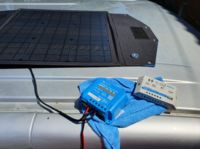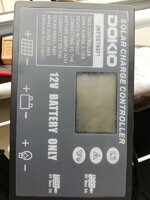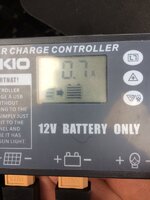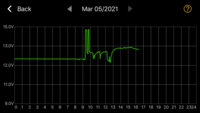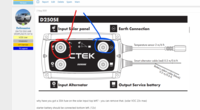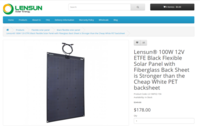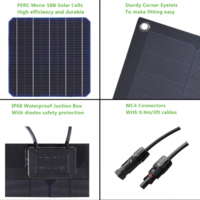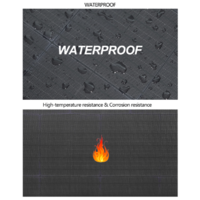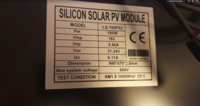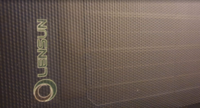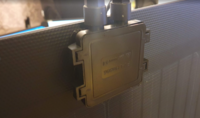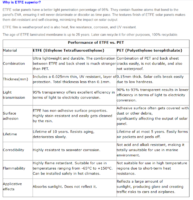Ferry booked for the Pyrenees, so time to buy and test some 'top up' solar. I'm going for a 100W fold up portable job to plug into my CTEK 250SE. We run a fridge, some lighting and a couple of USB chargers. Also the diesel heater, but not really a summer issue. I have read this entire guide a couple of times (as nearly ordered last year), but can someone confirm a couple of things (or my stupidity) before I order:
1. Anyone any issues with the quality of DOKIO panels - I know Delmassive has them on 'his list'?
2. Can I swap the croc clips for ring terminals to connect to the CTEK, leaving a 'pig tail' at the driver's seat to plug straight into - bypassing the controller that comes with the panels? Any reason to run it through/not run it through the supplied controller (I'm assuming it's less efficient to)? Alternately get this with the correct connector.
3. The panels could be used anywhere, with the little controller, to charge via USB - in tent or whatever.
4. 240V hook up, back up - I'll get a charger as a back up, which will plug into the hook up cable we sometimes use. As it will be rarely used (hopefully), I'm thinking this one. Again a pig tail lead to the battery terminals for when it's needed, would allow the panels to be connected straight to the battery using the little solar controller (bypassing the CTEK).
I may also get a cheap bluetooth monitoring gizmo. Budget is fairly tight. Thanks again.
@boxelder
looking back over the thread, here is @Big.mac version of the CTEK solar kit mod . . . .
.


